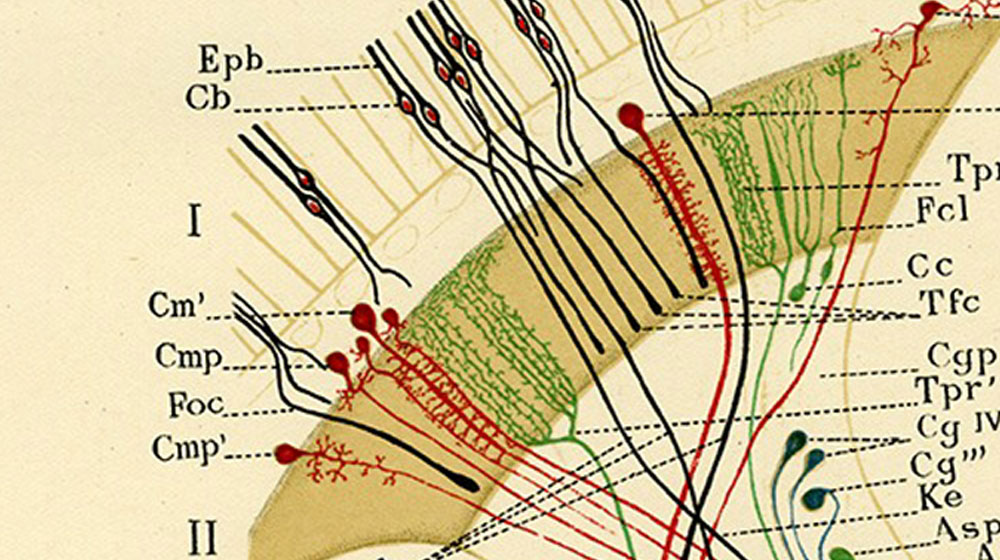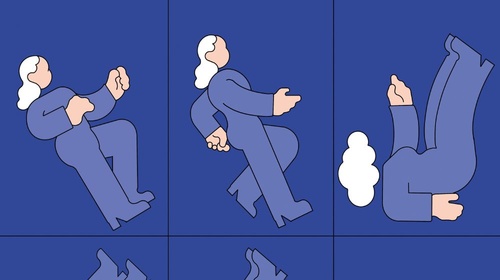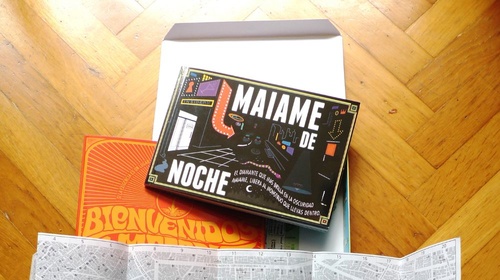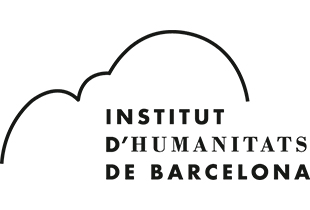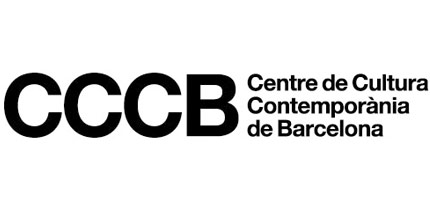Brain(s)
Brain maps
The legacy of Ramón y Cajal
Courses and workshops
One of the most important scientists in history, on a par with Darwin, Pasteur, Copernicus or Newton, Santiago Ramón y Cajal (1852-1934) is considered the founding father of modern neurology. In the late 19th century, when the brain was still considered to be a tangle of nerve fibres and little was known about its functioning, Cajal changed the course of science by revealing, through his careful observations, the structure of this fundamental organ, while tracing maps of the nervous system and its basic functions. Cajal’s research earned him the Nobel Prize in Medicine in 1906 and still today is cited by scientific journals, a fact that tells us of the transcendental nature of his contributions.
Through expert voices across a range of disciplines, in this course we will be taking an in-depth look at Cajal’s most significant contributions to knowledge about the brain and their echoes in neuroscience today.
This course is part of the activities running in parallel with the CCCB exhibition "Brain(s)".
24.10.2022
Ramón y Cajal: when art becomes science. Salvador Macip and Cristina Nombela
Artist, photographer, doctor, bodybuilder, researcher, chess player, writer, the father of seven children and of modern neuroscience: the life of Santiago Ramón y Cajal is as exciting as his professional career. With the drawings and texts of Ramón y Cajal as the backdrop, in this session, scientists Salvador Macip and Cristina Nombela will draw a vital portrait of the neurologist that reveals to us his multi-faceted personality. Together with his pioneering observations of the nervous system, they underline the key role that Ramón y Cajal played in the establishment of the Spanish School of Neurology, which developed and expanded upon his discoveries, with further contributions also made by scientists such as Laura Forster and Manuela Serra, among others.
Session in collaboration with CCCB Debates.
07.11.2022
A window into the human brain. Mara Dierssen
Cajal’s research gave rise to significant advances in knowledge about the brain. In this session, we will look in depth into the neuron doctrine put forward by the scientist from Aragon and sketch out the basic functions of this organ.
14.11.2022
Sculptors of our own brains: neuroplasticity. David Bueno
With his tinctions, Cajal managed to observe, for the first time, the axons of neurons. Thanks to this discovery, he drew up a theory on how they accumulate information and how they communicate with each other, and he also grasped the capacity for adaptation of its morphology to functional needs. This is what is known as neuroplasticity, a unique property of our mind that enables us to learn throughout our entire lives and that led him to affirm that “man can become the sculptor of his own brain.”
21.11.2022
When the brain becomes ill: neurodegeneration. Mercè Boada
A hundred years ago now, Cajal started to describe what occurs when the neurons are injured or their communication is altered, while investigating methods to regenerate these key cells for the nervous system. In this session we will discover how current research has advanced with regard to neurodegeneration and dementia, which it is calculated affects some 40 million people aged over 60 worldwide, and how the fight is being waged to prevent the appearance of these diseases, as well as the treatments that slow down their progression.
Participants: Salvador Macip, Cristina Nombela, Mara Dierssen, David Bueno i Torrens, Mercè Boada
Directors: Cristina Sáez
This activity is part of Brain(s),
